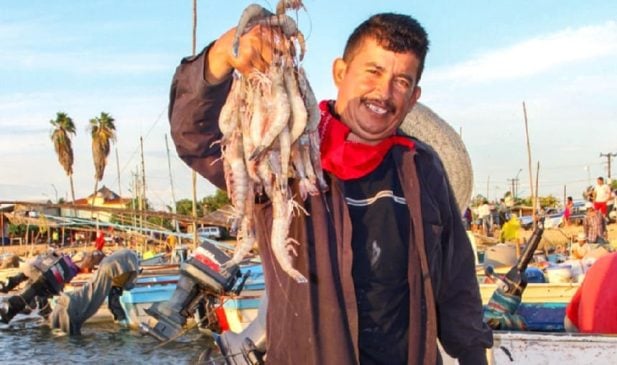Baja California, Mexico — Hurricane Kay was downgraded to a tropical storm as it passed Baja California. On Thursday and into Friday, Kay came within 65 kilometers of the peninsula, soaking the entire region as it did.
The National Meteorological Service (SMN) reported that Kay moved parallel to the coast at around 20 kilometers per hour as its heavy rains and strong winds flooded streets and downed power lines in places such as Cabo San Quintín and Punta Baja. According to the CFE, approximately 1.8 million people were affected.
SMN reported maximum sustained winds of 85 kilometers per hour with gusts of 100 kilometers per hour that created two to four meter high waves along the western coast of Baja California Sur, Baja California and north of the Gulf of California.
The SMN, in coordination with the National Hurricane Center in Miami, updated the affected zones from Bahía de los Ángeles, Baja California, to Puerto Libertad, Sonora, and from Punta Eugenia, to the Mexico-United States border.
The Government of Mexico reported during the passing of Kay, 40 Green Angles emergency trucks were deployed along specific road sections. “The primary objective of the deployment was to inform tourists travelling along the roads in these areas of the risks,” said the General Director of Green Angels Tourist Services, Alejandro Zúñiga Bernal.
He specified that most of the risks along those highways were the overflow of rivers, landslides, falling trees, softening of the asphalt, cracks, fissures and sinkholes due to the heavy wind and rain.
Other municipalities such as Los Cabos and Mulege set up emergency hurricane shelters able to accommodate hundreds. The National Guard implemented their emergency plan in the states of Coahuila and Sinaloa, where rainfall caused flooding. They also maintained preventive alerts in Baja California, Chihuahua, Guerrero, Jalisco, Michoacán, Nuevo León, Nayarit and Sonora.


